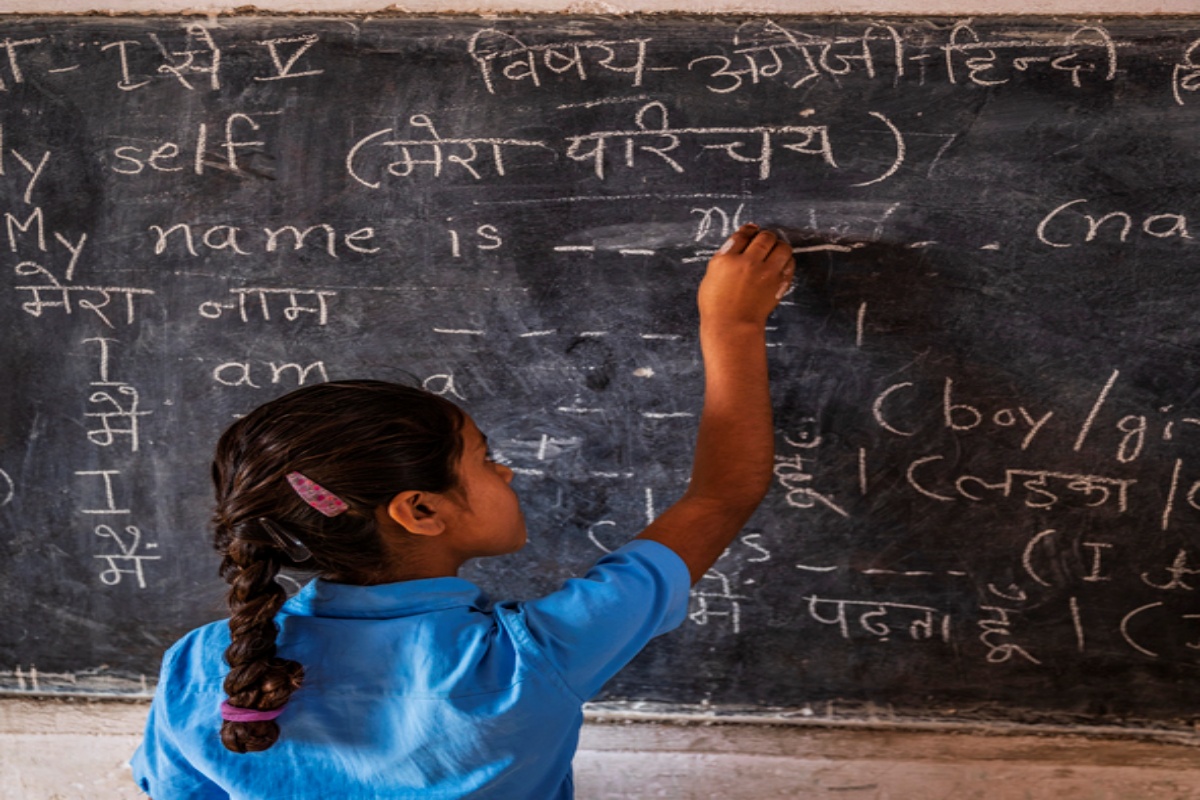Covid 19 Pandemic has not only brought forth the existing fault lines in the education system but has also exacerbated the disparity in education. Alarming gaps in education were pushed more due to the pandemic, is making policymakers and educationists intervene and find evidence-based Fastrack approaches towards fillings these faults.
Learning inequality is making poor children vulnerable to exploitations such as child labour, begging, abuse, victims of trafficking, and violence as they are being pushed out of basic education. In April 2022, World Bank Education reported that “Due to COVID19, children fell behind in their learning in an estimated 84% of countries. Governments must provide students with the support to catch up on what they’ve missed.”
The World Bank’s Global Director for Education Jaime Saavedra during his visit to India in early April 2022 brought everyone’s attention to the disparity in Indian Education System after schools reopened post lockdowns. He said, “In India, learning poverty has shot up from 54 percent to 70 percent.” And according to The World Bank, “All children should be able to read by age 10. Reading is a gateway for learning as the child progresses through school—and conversely, an inability to read slams that gate shut.” Learning poverty is a measure to judge the ability of children to read and understand a simple text by age 10.
If the Pandemic has thrown challenges, it has also shown a light on how technology can be tapped and exploited for achieving last mile connectivity for achieving educational goals. Pandemic has also shown us how extraordinary human resources can be utilised for imparting education with the help of technology. It is just a matter of how technological advancements, resourcefulness, and human potential can be best utilised.
UNESCO, in a paper, ‘Education in a post-COVID World: Nine Ideas for Public Action’, has come out with a way put for sustainable bridging of education gap resulting due to Covid 19 pandemic. The UNESCO paper shares significant guidelines of the 2030 Agenda for Sustainable Development, for the thought leaders and experts from the worlds of academia, science, governance, business, and education to pick up “nine tactical ideas for concrete actions today that will advance education tomorrow”.
Education in a post-COVID world: Nine ideas for public action International Commission on the Futures of Education:
1. Strengthen Education as a Common Good: Education is a wall against all kinds of inequalities. In education as in health, we are safe when everybody is safe; we flourish when everybody flourishes.
2. The Right to education: Elaborate and further define the significance of connectivity and access to knowledge and information. The Commission calls for a global public discussion—that includes, among others, learners of all ages—on ways the right to education needs to be expanded.
3. Value the Teaching Profession and Teacher Collaboration: There has been remarkable innovation in the responses of educators to the COVID-19 crisis, with those systems most engaged with families and communities showing the most resilience. We must encourage conditions that give frontline educators autonomy and flexibility to act collaboratively. Education in a post-COVID world
4. Promote Student, Youth, and Children’s Participation and Rights: Intergenerational justice and democratic principles should compel us to prioritize the participation of students and young people broadly in the co-construction of desirable change.
5. Protect the Social Spaces Provided by Schools: As we transform education, we need to provide a safe and happy learning physical environment for the students. The school as a physical space is indispensable. Traditional classroom organization must give way to a variety of ways of ‘doing school’ but the school as a separate space-time of collective living, specific and different from other spaces of learning must be preserved.
6. Free Access and Availability of Technology: Make free and open-source technologies available to teachers and students. Open educational resources and open access to digital tools must be supported. Education cannot thrive with ready-made content built outside of the pedagogical space and outside of human relationships between teachers and students. Nor can education be dependent on digital platforms controlled by private companies.











